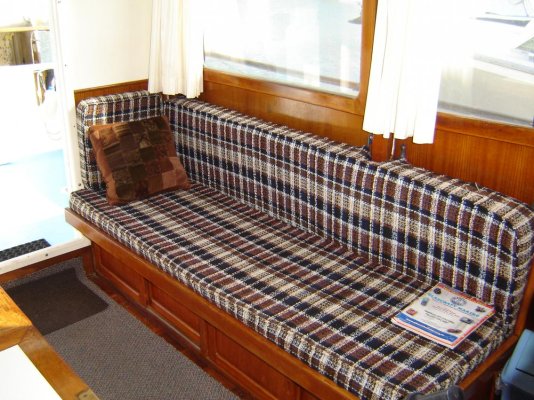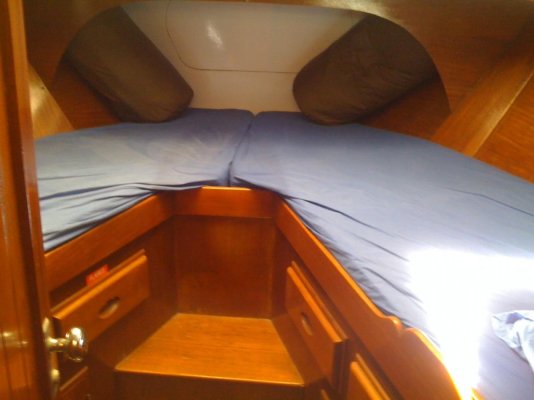Hello. We are Don & Kris Russell, owners of ‘KrisSea’, our new to us 430 Aft Mainship (2002) trawler.
We sold our house in Chicago suburbs and everything in it to live aboard KrisSea. We purchased our boat in Deltaville VA & started the loop on June 26, 2023. We’ve made it to Gulf Shores AL & so far the boat runs great with its dual yanmar motors but cosmetically needs help.
Any recommendations on where I can find how to return the wood flooring, walls, cabinets back to new? Stain? Color? Sanding? Etc. There are lots of scratches and chips in the existing floor so hopefully we can repair that.
Thank you,
Kris Russell
We sold our house in Chicago suburbs and everything in it to live aboard KrisSea. We purchased our boat in Deltaville VA & started the loop on June 26, 2023. We’ve made it to Gulf Shores AL & so far the boat runs great with its dual yanmar motors but cosmetically needs help.
Any recommendations on where I can find how to return the wood flooring, walls, cabinets back to new? Stain? Color? Sanding? Etc. There are lots of scratches and chips in the existing floor so hopefully we can repair that.
Thank you,
Kris Russell




